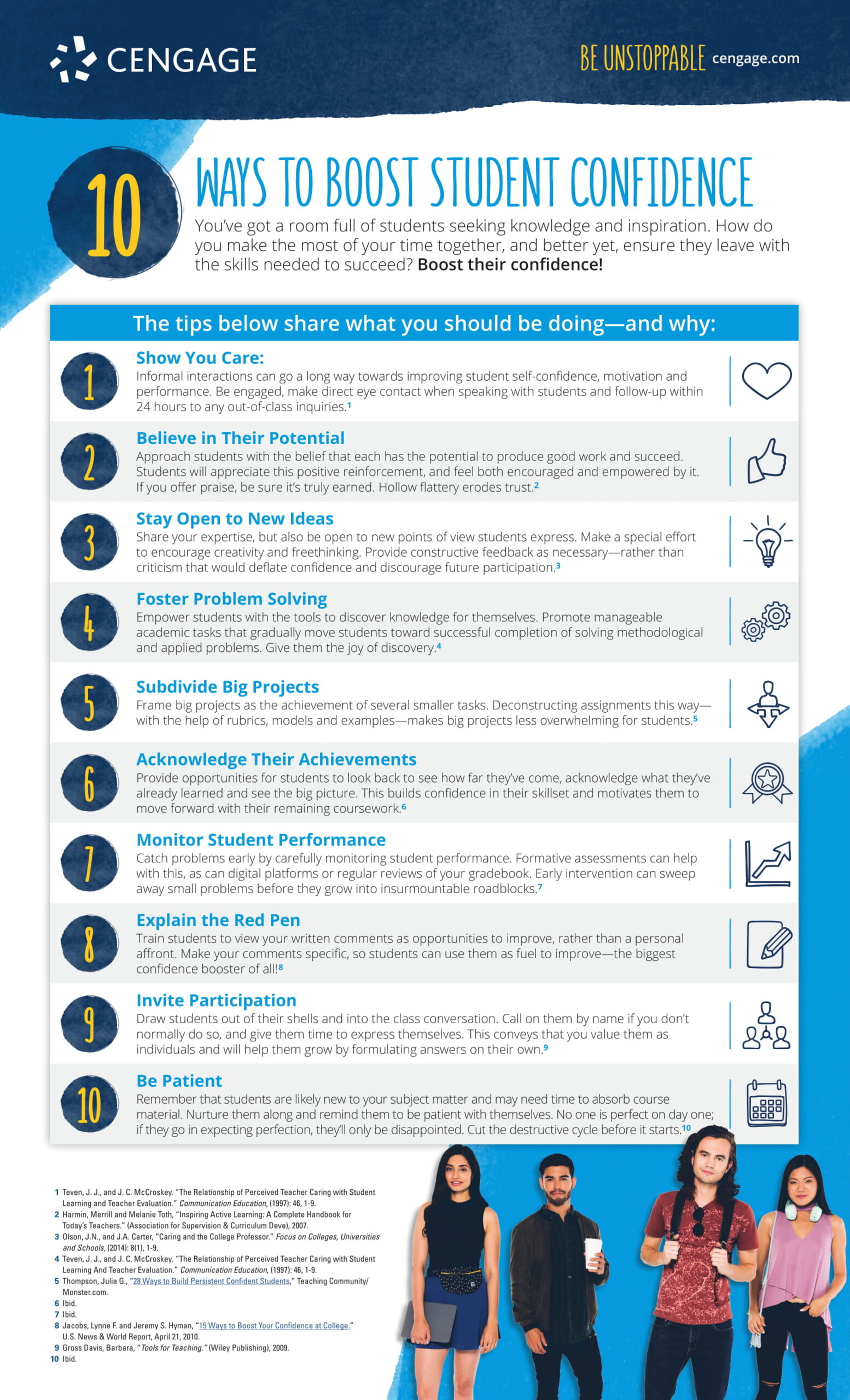Janet Mizrahi is a continuing lecturer of professional writing at the University of California, Santa Barbara. She is also an author at BizCommBuzz.
I don’t know about your students, but not all of mine are the digital natives I keep hearing about. Sure, they are glued to their phones, but if I ask them to actually use technology to create digital content or conduct research, they get a look of panic in their eyes.
While most of our students possess laptops and smartphones, many of them have trouble using even the most basic digital tools on their devices. Being a bit of a technophobe myself, I feel their pain. Still, that doesn’t release me from the responsibility of helping my students acquire the technological tools they will need to succeed outside of the university—especially when 44% of businesses plan to boost tech spend in 2020.
Below are a few ways I’ve found to nudge students into developing their technical toolkit.
Beef up your own knowledge of digital tools.
You’ll feel a lot better if you can use the tools you encourage students to learn. Even rudimentary knowledge helps. Hint: When in doubt, Google it.
Address digital literacy.
Discuss the three models of digital literacy with your students:
- Universal literacy – familiarity with the basic tools of office productivity, image manipulation and cloud-based apps
- Creative literacy – the ability to produce rich content using video editing, audio creation and copyright knowledge
- Literacy across disciplines – the use of digital tools in area-specific learning environments (e.g. digital ethics and politics in a Sociology course, or creating a newsletter using Adobe CS in a communication or PR course)
Build library instruction and research into your syllabus.
College librarians can be invaluable partners in improving students’ digital literacy. They teach our students to go beyond Google searches and to use databases, explain the difference between peer and lay articles, discuss ways to evaluate the legitimacy of sources and more.
Use technology in your classroom.
Many tools are designed to enhance lectures with innovative technology, and doing so shows you are practicing what you preach.
Refer students to campus resources.
Be knowledgeable about your school’s resources. If there are software workshops in which students learn the basics of Word, Excel or Adobe CS, encourage them to attend. Remind them of computer labs where expensive software is installed on campus computers they can use for free.
Create assignments that require technology.
Students learn by doing, so adding digital elements to assignments is a great way to force them to figure out digital tools. Require project management software for a group project; have students create original graphics illustrating data in a report; use gamification that includes historical roleplay.
A note: Be ready for grousing. While they are teaching themselves new technology, students may complain about the length of time it takes to work through the learning curve. But when they do, they are grateful and feel self-satisfied.
Addressing digital literacy is more important than ever to assure our graduates will be successful in the workplace. Good luck helping your students become better equipped to face the future!
Interested in learning more about how digital learning tools can engage today’s students?




